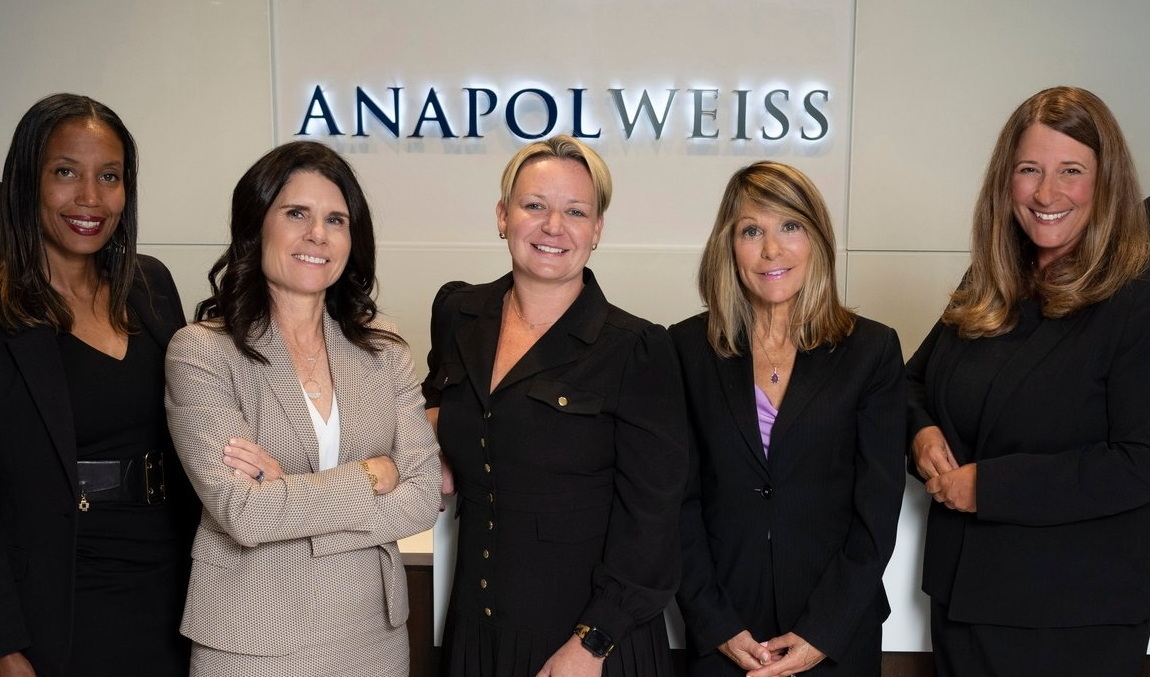We’ve all driven next to a large truck with a sign that states, “if you can’t see my mirrors, I can’t see you.” What does this mean? Although truck drivers sit up higher in their vehicles and have the ability to see over other cars in the distance, trucks actually have blind spots that are typically 20 feet in front and back as well as to each side of the truck and can extend 200 feet behind the truck. That means that smaller vehicles must yield to these cautionary truck signs and beware of these blind spots or “no zones.”
Safe Driving Around Trucks
Driving around trucks requires more caution because trucks are thousands of pounds heavier than cars and can have more serious implications if there is an emergency situation. Due to the weight and size of trucks, if something in traffic causes the truck to stop quickly or change lanes, it is incredibly dangerous if your car is in their blind spot. When a quick decision needs to be made, you don’t want to be tailgating the truck in their blind spot and risk getting hit. Due to their massive weight, height restrictions, large and multiple blind spots and turning radius., you should always yield to large trucks.
Typically, cars on the road have two blind spots – one on each side of the car that extends slightly to the rear view. Drivers are told to constantly check these blind spots especially before merging to ensure a safe lane change. Even with new blind spot technology on newer cars where a light and sound will appear if a car is spotted in the driver’s blind spot, it is still recommended to physically check. In comparison with a car having two blind spots, trucks have four blind spots that extend further than a traditional car. This means that other drivers must be incredibly cautious when driving around trucks to avoid being stuck in a blind spot.
Tailgating large trucks is dangerous for another reason as well: you lose your ability to see traffic ahead of you. This also gives you less time to make critical decision if the truck slams on their breaks. Do yourself a favor and leave extra room between you and the large vehicle.
The average truck speed is between 50-60 miles on most freeways which is why you often times see trucks in the right-hand lanes to keep traffic moving. If this isn’t the case and you are eager to drive around the truck and get ahead, quickly and safely use the left-hand lane to pass the truck. Remember not to attempt to go around the truck on the right side as this side has the largest blind spot up to 2 driving lanes.
Finally, remember to give this vehicle space, especially on turns. The wider turning radius of trucks make vehicles in other lanes more susceptible to collisions. Exercise precaution, and understand the limitations of trucks in turning lanes.
Seek Help if You’ve Been in a Truck Accident
Everyone should be cautious on the road. If you’ve been injured in a truck collision, don’t wait to hire an experienced truck accident attorney who understands the complex state and federal laws involving truck accidents.

